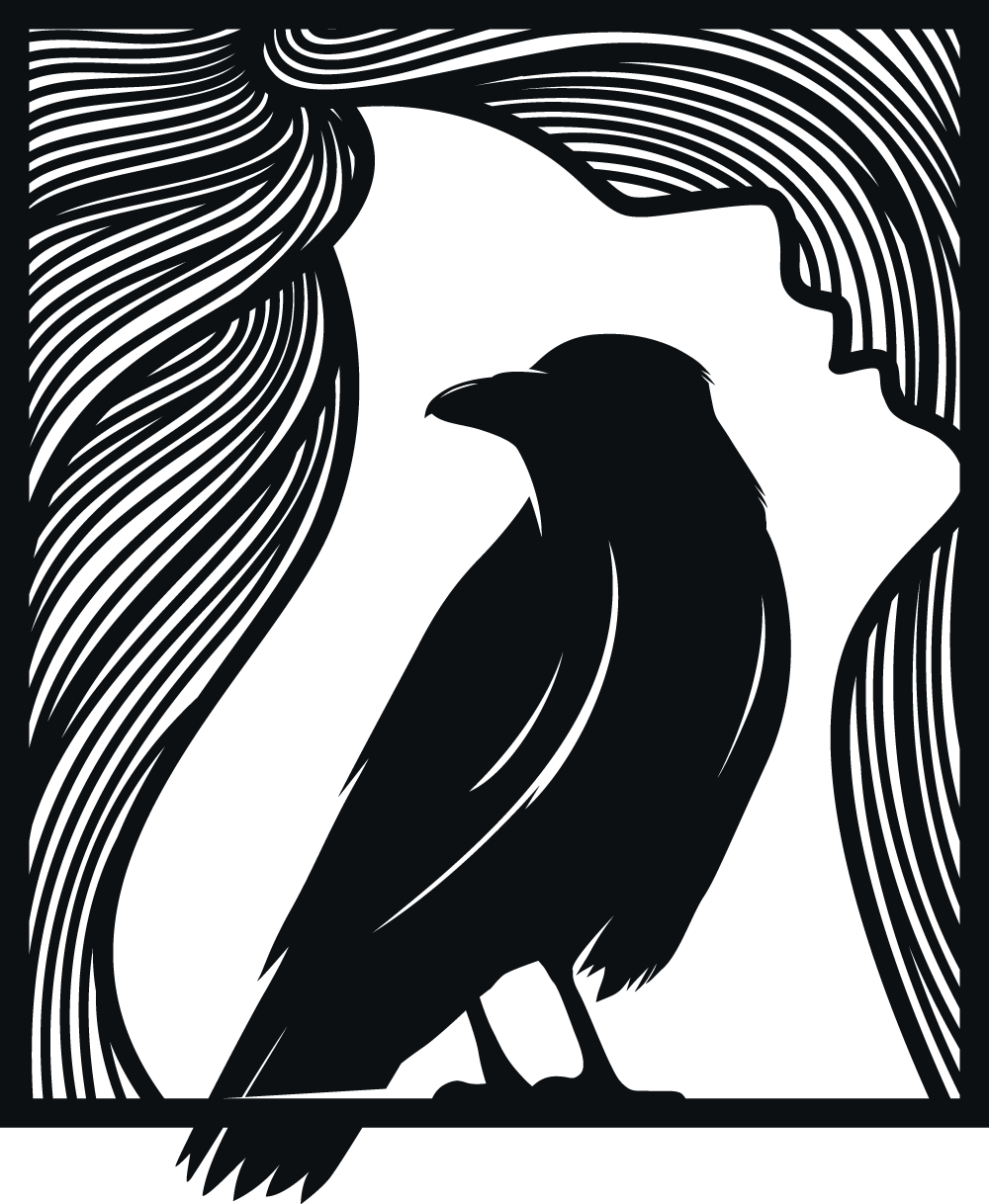Baldr is known as the Norse god of light, purity, and beauty. His story is deeply intertwined with the cycles of nature.
According to Norse mythology, Baldr was the son of Odin, the Allfather, and Frigg, the goddess of love and beauty. He was beloved by all the gods and goddesses, as well as by mortals, due to his charming and radiant nature. Baldr's significance in the context of Midsummer stems from his association with light and the sun, as Midsummer celebrates the height of the sun's power and the longest day of the year.
The tale of Baldr's demise begins with dreams foretelling his death. Alarmed by these premonitions, Frigg, his mother, went to great lengths to protect him from harm. She extracted oaths from all beings, creatures, and objects in the world, ensuring that they would not harm Baldr. However, she overlooked mistletoe.
Loki, the trickster god, discovered this and crafted a spear from mistletoe. He then deceived Baldr's blind brother, Höðr, into throwing the spear at Baldr during a game. As a result, Baldr was fatally wounded.
Baldr's death plunged the entire cosmos into mourning, as he was seen as a symbol of light, joy, and goodness. His journey to the underworld marked the beginning of the darkening days, leading up to the depths of winter. However, his death also foreshadowed his eventual return and the renewal of life.
Baldr's association with Midsummer lies in the symbolism of light triumphing over darkness. As the god of light, his presence is felt during the summer solstice, when daylight reaches its peak. Midsummer celebrations often involve rituals and festivities aimed at honoring the sun's power and invoking blessings for abundance, fertility, and prosperity.

